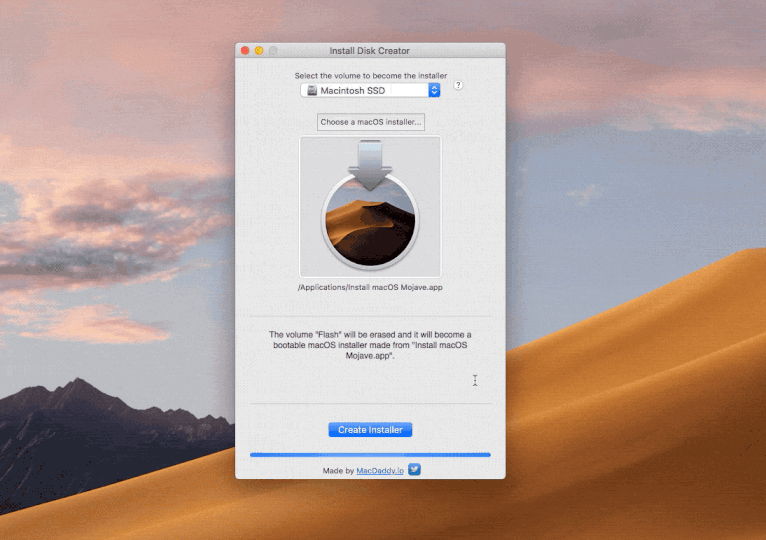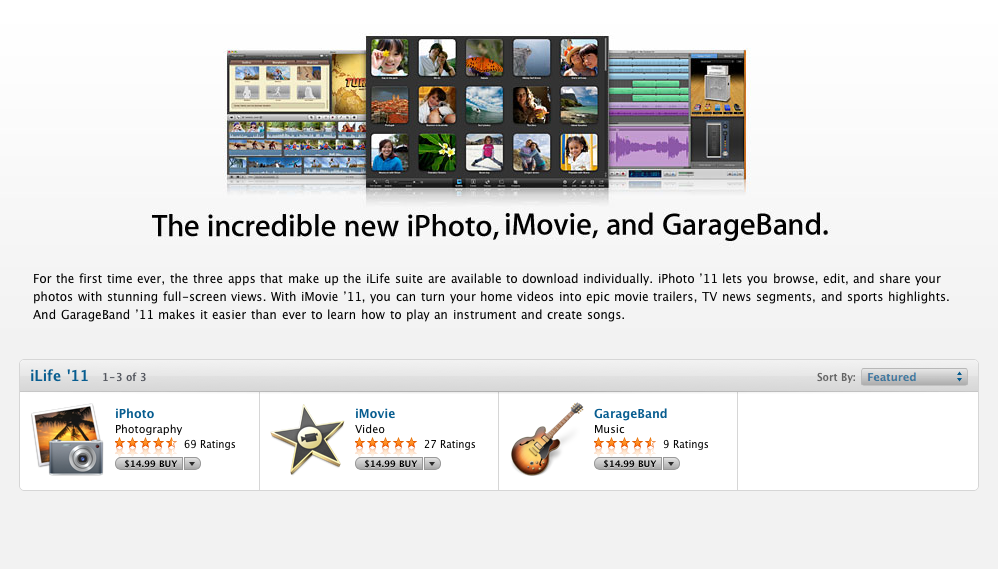
- App for creating a installation usb in mac how to#
- App for creating a installation usb in mac update#
- App for creating a installation usb in mac full#
- App for creating a installation usb in mac windows 10#
- App for creating a installation usb in mac for android#
App for creating a installation usb in mac full#
Full Certificate Details in Android Chrome App v.67. Google Chrome is available on Android devices with Android 4.0 (Ice Cream Sandwich) and later versions.
App for creating a installation usb in mac for android#
Google Chrome for Android - Chrome: developer > Google Chrome for Android. Android Chrome have developer tools? Yes.NET Framework 3.0 service pack 2 cumulative updates. NET Framework 2.0, 3.0, 3.5, and includes.
App for creating a installation usb in mac update#
NET Framework 3.5 service pack 1 is a cumulative update that contains many new features building incrementally upon. NET Framework 3.5 Service pack 1 (Full Package) Microsoft. The first step is to identify the USB drive device name using diskutil list.Microsoft.
App for creating a installation usb in mac how to#
Here, I'll describe how to do so on a Mac using a special third party toolĬalled wimlib. Official installation instructions from Microsoft,īut that only covers creating the USB drive from Windows. The solution is to split the file, as described in the

App for creating a installation usb in mac windows 10#
One of the files in the current 64-bit version of the Windows 10 installer, Requires the USB drive be formatted as FAT32, which has a file size limit of 4 GB. This helped, but I came across a problem: the installer He suggests formatting the USB disk on the command lineĪnd copying the files over manually. I found a guide from a guy called Josh Beam Originally it seems that you could create a bootable USB disk using MacOS's Boot Camp Assistant ,īut that option seems to've been removed in recent versions of MacOS.

Special requirements in order to be bootable (it uses a special UEFI boot process). Normally I use etcher for burning ISOs, but a Windows USB installer has Wimlib and some terminal/command prompt usage. The process is straightforward, but requires one third party tool called Windows 10 disk image (ISO) file from Microsoft. If you haven't already done so, you'll need to download the This is a quick "how to" guide to make a bootable Windows 10 USB drive/stick

Split size (previously 4000 MB) and suggesting legacy BIOS mode. Update : Thanks to Parul Jain for emailing in with the 3800 MB


 0 kommentar(er)
0 kommentar(er)
